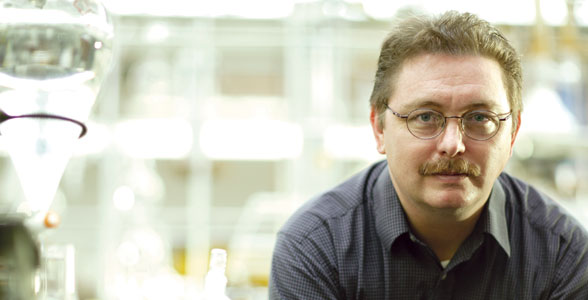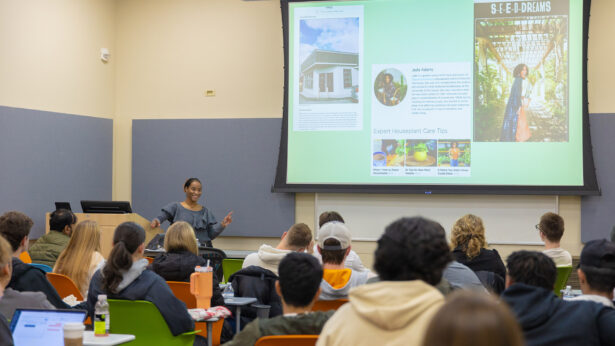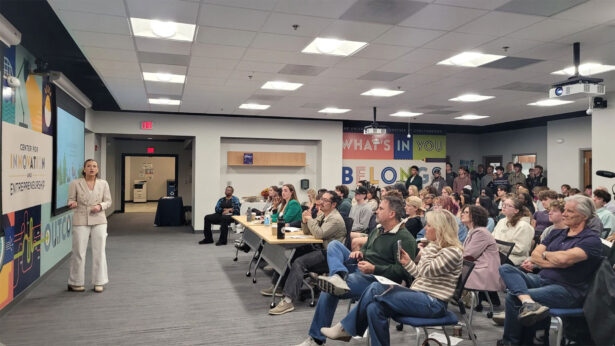University of Tennessee Distinguished Professor Jimmy Mays’s polymer research has put him on the leading edge of a new clean-energy research initiative that seeks to bring hydrogen fuel-cell technology out of the laboratory and into the marketplace.
Mays, a UT-Oak Ridge National Laboratory distinguished scientist, received a $1.5-million grant from the Department of Energy in early 2006 to develop a high-temperature, low-humidity membrane for use in hydrogen fuel cells. These membranes are a critical element of the process used to develop electricity from hydrogen.
President Bush announced the program, known as the Advanced Energy Initiative, at his 2006 state-of-the-union address. He noted specifically the need to reduce the nation’s dependence on foreign oil by using hydrogen fuel-cell technology as part of the effort. The resulting new federal funding represents a 22-percent increase in clean-energy research.
“We must also change how we power our automobiles. We will increase our research in better batteries for hybrid and electric cars and in pollution-free cars that run on hydrogen,” said Bush. “By applying the talent and technology of America, this country can dramatically improve our environment, move beyond a petroleum-based economy, and make our dependence on Middle Eastern oil a thing of the past.”
Mays’s research will help move a hydrogen-fueled future closer. “The membrane aspect has been a hurdle in developing hydrogen fuel-cell technology so far,” he said. “The grant is helping us continue to build on the progress we’ve already made.”
The design for a hydrogen fuel cell involves hydrogen ions passing through a membrane to combine with oxygen on the other side. The reaction produces energy to power the vehicle and leaves only water as a byproduct. But one of the major obstacles in making hydrogen fuel cells commercially practical is the design of that membrane. The reaction that powers the fuel cell is most efficient at higher temperatures, but much of the existing membrane material breaks down at those temperatures.
This leaves fuel-cell designers with either an inefficient reaction at lower temperatures or a failing membrane at higher temperatures.
Mays is trying to develop a membrane using polymers that withstand high temperatures while they promote a highly effective reaction between hydrogen and oxygen. His work centers on creating specific molecules that are tailored to fit particular purposes. In this case, the grant calls for a material that will meet stated performance goals at each project milestone over the life of the grant. By refining a polymer’s molecules and subtly altering their composition and structure, Mays sets out to create a final product that can both function as a membrane that facilitates the reaction in the fuel cell and maintain its integrity at higher temperatures.
The award to Mays is part of a nationwide $19-million grant competition aimed at solving the issues with these membranes that retard the development of more effective hydrogen fuel cells. The grants are awarded for projects aimed at making fuel-cell membranes more durable and stable, as well as on synthesizing membrane materials faster and more cost-effectively than is currently possible.
Energy Secretary Samuel Bodman thinks the research will pay dividends: “Investments in fuel-cell and hydrogen research today will enable America to lead the world in developing clean hydrogen-powered automobiles that will reduce our dependence on imported oil. This funding will help overcome technical barriers and bring hydrogen and fuel-cell technology from the laboratory to the showroom.”



